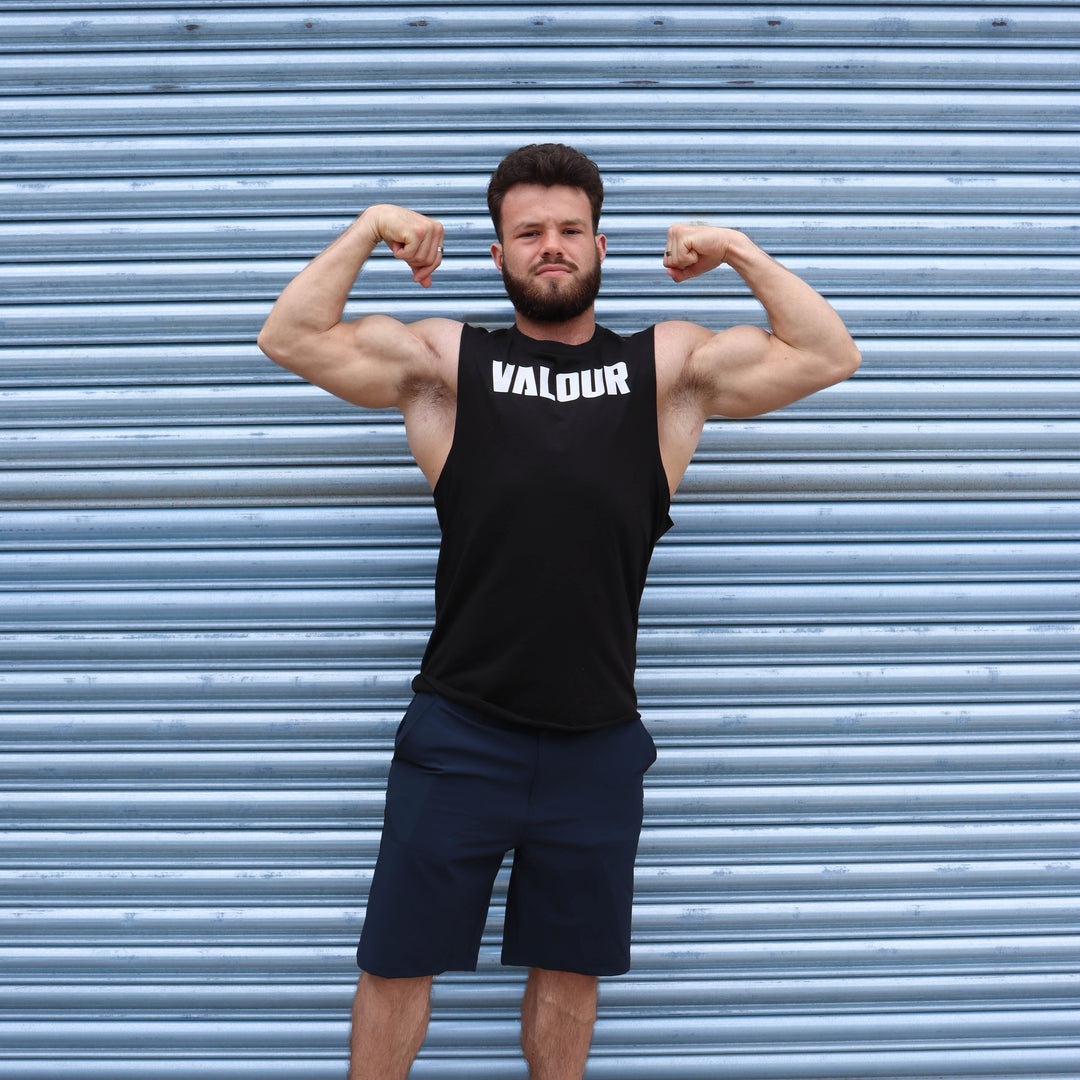Bodybuilding vs Powerlifting: What's the Difference?
Bodybuilding and powerlifting are two popular forms of strength training that often get confused. While they share some similarities, they are distinct disciplines with different goals, techniques, and training methods. Whether you’re new to strength training or looking to switch up your routine, understanding the differences between bodybuilding and powerlifting can help you choose the right path for your fitness journey.
Bodybuilding
Goal: Bodybuilding is all about sculpting the body to achieve a muscular and aesthetic physique. Bodybuilders focus on developing each muscle group to its fullest potential, aiming for symmetry, proportion, and definition.
Training Focus: Bodybuilding workouts primarily revolve around hypertrophy, which is the process of increasing muscle size. To achieve this, bodybuilders perform exercises with moderate to high repetitions and focus on isolating specific muscle groups. They often use techniques like drop sets, supersets, and isolation exercises to target muscles from different angles and ensure complete development.
Nutrition: Nutrition is a critical aspect of bodybuilding. Bodybuilders typically follow a strict diet that is high in protein to support muscle growth and low in fat to reduce body fat percentage. They often eat frequent meals throughout the day and may use supplements like protein powder, creatine, and branched-chain amino acids to support their training and recovery.
Competition: Bodybuilding competitions judge athletes based on their muscularity, symmetry, and conditioning. Competitors perform a series of poses to showcase their physique, and judges evaluate them based on muscle size, definition, vascularity, and overall presentation.
Powerlifting
Goal: Powerlifting focuses on maximal strength in three primary lifts: the squat, bench press, and deadlift. Powerlifters aim to lift as much weight as possible in these three lifts, with technique and form being crucial to success.
Training Focus: Powerlifting training revolves around low to moderate repetitions with heavy weights. Powerlifters focus on improving their one-repetition maximum (1RM) in the squat, bench press, and deadlift through progressive overload. Assistance exercises that target muscles used in the main lifts are also incorporated to strengthen weak points and improve overall performance.
Nutrition: While nutrition is important for powerlifters, the emphasis is less on aesthetics and more on strength and performance. Powerlifters often follow a diet that provides sufficient calories to support their training, with an emphasis on carbohydrates for energy and protein for muscle repair and recovery.
Competition: Powerlifting competitions are centered around the squat, bench press, and deadlift. Competitors have three attempts to lift the maximum weight possible in each lift, and their best lift in each category is combined for a total score. Unlike bodybuilding, powerlifting competitions are based solely on strength, with no consideration given to aesthetics.
Key Differences
-
Goals: Bodybuilding focuses on building muscle size and definition for aesthetic purposes, while powerlifting is about maximizing strength in three primary lifts.
-
Training Methods: Bodybuilders focus on hypertrophy and often use higher repetitions and isolation exercises, while powerlifters train for maximal strength with lower repetitions and compound lifts.
-
Nutrition: Bodybuilders follow a strict diet focused on supporting muscle growth and reducing body fat, while powerlifters prioritize nutrition for strength and performance.
-
Competition Criteria: Bodybuilding competitions judge athletes based on their physique, symmetry, and muscularity, while powerlifting competitions are solely based on strength and performance in the squat, bench press, and deadlift.
Conclusion
While both bodybuilding and powerlifting are forms of strength training, they have distinct goals, training methods, and competition criteria. Whether you choose to pursue bodybuilding or powerlifting depends on your individual fitness goals and preferences. Some people may even choose to incorporate elements of both disciplines into their training routine. Ultimately, the most important thing is to find a training style that you enjoy and that helps you achieve your fitness goals.




